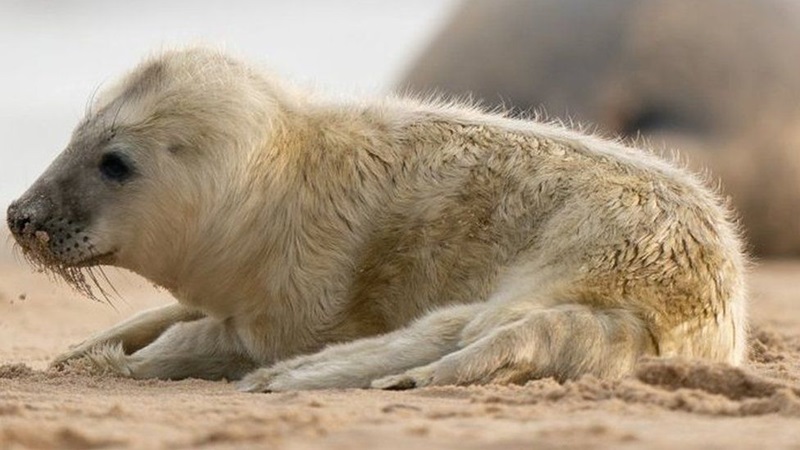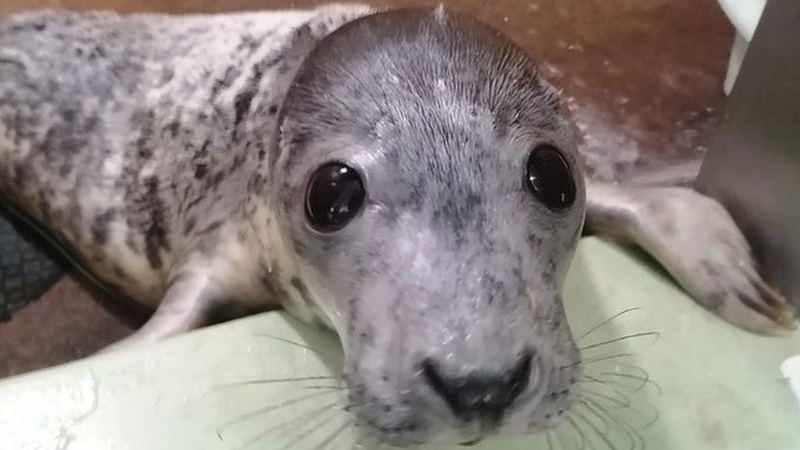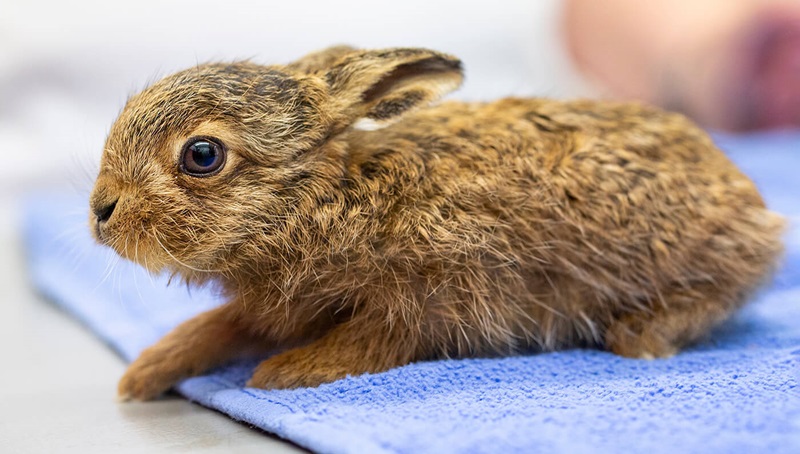Wildlife ‘Orphan Season’ Sparks Urgent Charity Appeal
As the spring season approaches, wildlife organizations are bracing themselves for what is known as ‘orphan season.’ This time of year sees a surge in the number of baby animals being orphaned and in need of care. From deer fawns to baby birds, the influx of orphaned wildlife can be overwhelming for rescue centers. In response to this urgent need, charities are issuing appeals for donations and volunteers to help care for these helpless animals.
Without the intervention of these organizations, many of these orphaned animals would not survive in the wild. The care and rehabilitation of these orphaned animals is a vital part of maintaining the delicate balance of ecosystems and preserving biodiversity. By supporting these charities, individuals can play a crucial role in ensuring the well-being of wildlife during this critical time.
Understanding the ‘Orphan Season’
The ‘Orphan Season’ is a term used to describe the time of year when young animals are left without parental care. This can occur for a variety of reasons, such as the death of a parent, abandonment, or separation due to human interference. During this vulnerable time, these animals are left to fend for themselves and may struggle to survive without the guidance and protection of their parents. The ‘Orphan Season’ is a natural occurrence in the animal kingdom, but it can be a challenging and dangerous time for young animals as they navigate the world on their own.
Wildlife rehabilitators play a crucial role during this time, providing care and support to orphaned animals until they are old enough and strong enough to be released back into the wild. By understanding the challenges faced by orphaned animals during this season, we can better appreciate the importance of conservation efforts and the need to protect and preserve natural habitats for future generations of wildlife.

The Urgent Call for Help
In today’s society, there is a pressing need for individuals to step up and answer the urgent call for help. Whether it be aiding those affected by natural disasters, supporting marginalized communities, or standing up for those who cannot speak for themselves, the need for assistance is vast and ever-growing. It is crucial for people to come together and lend a helping hand to those in need, as the challenges facing our world continue to increase in complexity.
From providing food and shelter to those experiencing homelessness, to advocating for the rights of refugees and immigrants, there are countless ways in which individuals can make a positive impact on the lives of others. By recognizing the urgency of the situation and taking action, we can create a more compassionate and equitable society for all. It is up to each and every one of us to listen to the call for help and respond with empathy and determination. Together, we can make a difference and bring about positive change in the world.
Impact on Wildlife Rehabilitation Centers
Wildlife rehabilitation centers play a crucial role in providing care and treatment for injured and orphaned animals. These centers serve as a lifeline for wildlife in need, offering medical attention, rehabilitation, and eventual release back into their natural habitats. However, the impact on wildlife rehabilitation centers is significant as they face challenges such as limited funding, resources, and staff. This can result in overcrowding, inadequate care, and increased stress on the animals in their care. Additionally, the increasing human-wildlife conflict and urbanization have led to a rise in the number of animals needing assistance, further straining these already stretched resources.
As a result, wildlife rehabilitation centers are often forced to make difficult decisions about which animals to prioritize and how to best allocate their limited resources. Despite these challenges, the dedication and passion of staff and volunteers at these centers ensure that they continue to provide essential care for wildlife in need. It is crucial for communities to support and advocate for these centers to ensure the continued well-being of wildlife and the conservation of our natural world. By working together, we can help alleviate the pressures faced by wildlife rehabilitation centers and ensure a brighter future for the animals they serve.

Success Stories and Solutions
Success stories and solutions are vital to the progress and improvement of individuals and communities. When individuals face challenges and setbacks, it is important for them to seek out success stories of others who have overcome similar obstacles. These stories can serve as sources of inspiration and motivation, showing that success is possible even in the face of adversity. Additionally, solutions to common problems can help individuals navigate difficult situations and find a path forward. By sharing success stories and solutions, individuals can learn from the experiences of others and apply those lessons to their own lives. This can lead to positive outcomes and personal growth.
One example of a success story is that of a young entrepreneur who faced numerous challenges in starting her own business. Despite facing financial difficulties and skepticism from others, she persevered and eventually found success through hard work and determination. By sharing her story, she inspired others to pursue their own entrepreneurial dreams and showed that success is possible with dedication and perseverance.
In terms of solutions, one community faced a major environmental crisis when a nearby factory began polluting the air and water. Through collaboration and advocacy, community members were able to pressure the factory to adopt cleaner practices and reduce their environmental impact. This solution not only improved the health and well-being of residents, but also served as a model for other communities facing similar challenges.
Overall, success stories and solutions play a crucial role in inspiring individuals, communities, and organizations to overcome obstacles and achieve their goals. By sharing stories of triumph and strategies for success, individuals can learn from the experiences of others and find new ways to navigate challenges. This can lead to positive outcomes and create a more resilient and empowered society.
Community Involvement and Awareness
Community involvement and awareness are essential components of a thriving society. When individuals actively engage in their communities, they become more aware of the needs and challenges facing their neighbors. This heightened awareness can lead to increased empathy and understanding, fostering a sense of unity and cooperation among community members. By participating in local events, volunteering for community organizations, and supporting small businesses, individuals can contribute to the overall well-being of their communities. Additionally, being involved in community initiatives can help individuals develop valuable skills, build relationships, and gain a sense of fulfillment and purpose.
When people are actively engaged in their communities, they are more likely to take pride in their surroundings and work towards creating positive change. This sense of belonging and connection can strengthen social bonds and create a more resilient and inclusive community. Ultimately, community involvement and awareness are key factors in building a more vibrant, cohesive, and prosperous society. By coming together to address common challenges and celebrate shared successes, individuals can create a more vibrant and resilient community for everyone to enjoy.

Long-Term Conservation Efforts
Long-term conservation efforts are crucial in ensuring the survival of endangered species and the protection of our planet’s natural resources. By implementing sustainable practices and promoting biodiversity, we can help preserve ecosystems for future generations. Conservation efforts involve a combination of education, research, and community engagement to address the root causes of environmental degradation. Through habitat restoration, captive breeding programs, and anti-poaching initiatives, we can work towards creating a more sustainable future. It is important to recognize that conservation is an ongoing process that requires dedication and commitment from individuals, organizations, and governments alike.
By working together to protect our planet’s biodiversity, we can make a positive impact on the environment and ensure a healthier, more balanced ecosystem for all living creatures. In order to be successful, long-term conservation efforts must be supported by sound scientific research and a deep understanding of the interconnectedness of all living organisms. By fostering a sense of stewardship and responsibility towards the natural world, we can create a more harmonious relationship with the environment and promote a more sustainable future for all. Ultimately, the success of long-term conservation efforts depends on our ability to work together towards a common goal of preserving our planet’s precious resources for future generations to enjoy.
